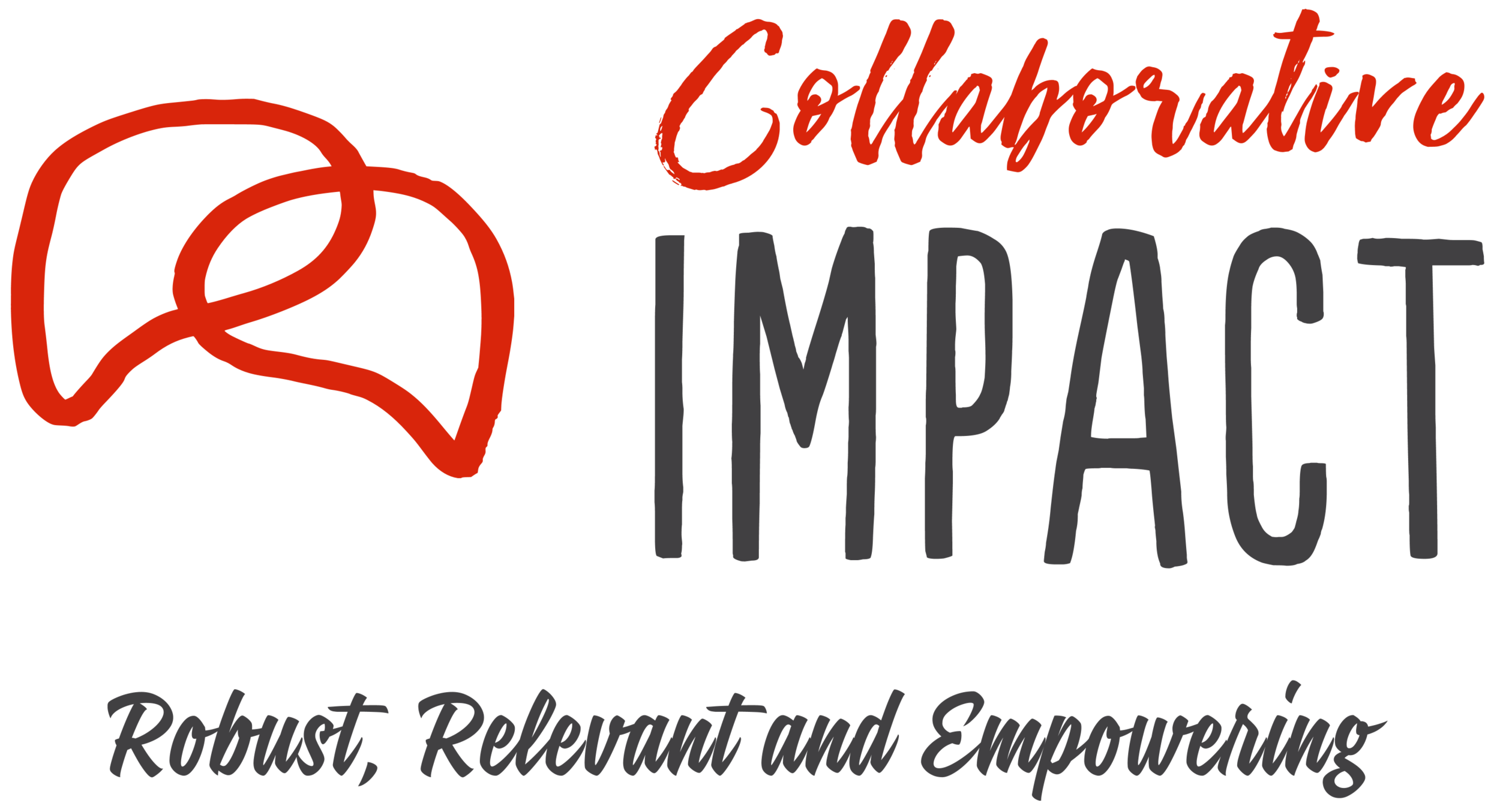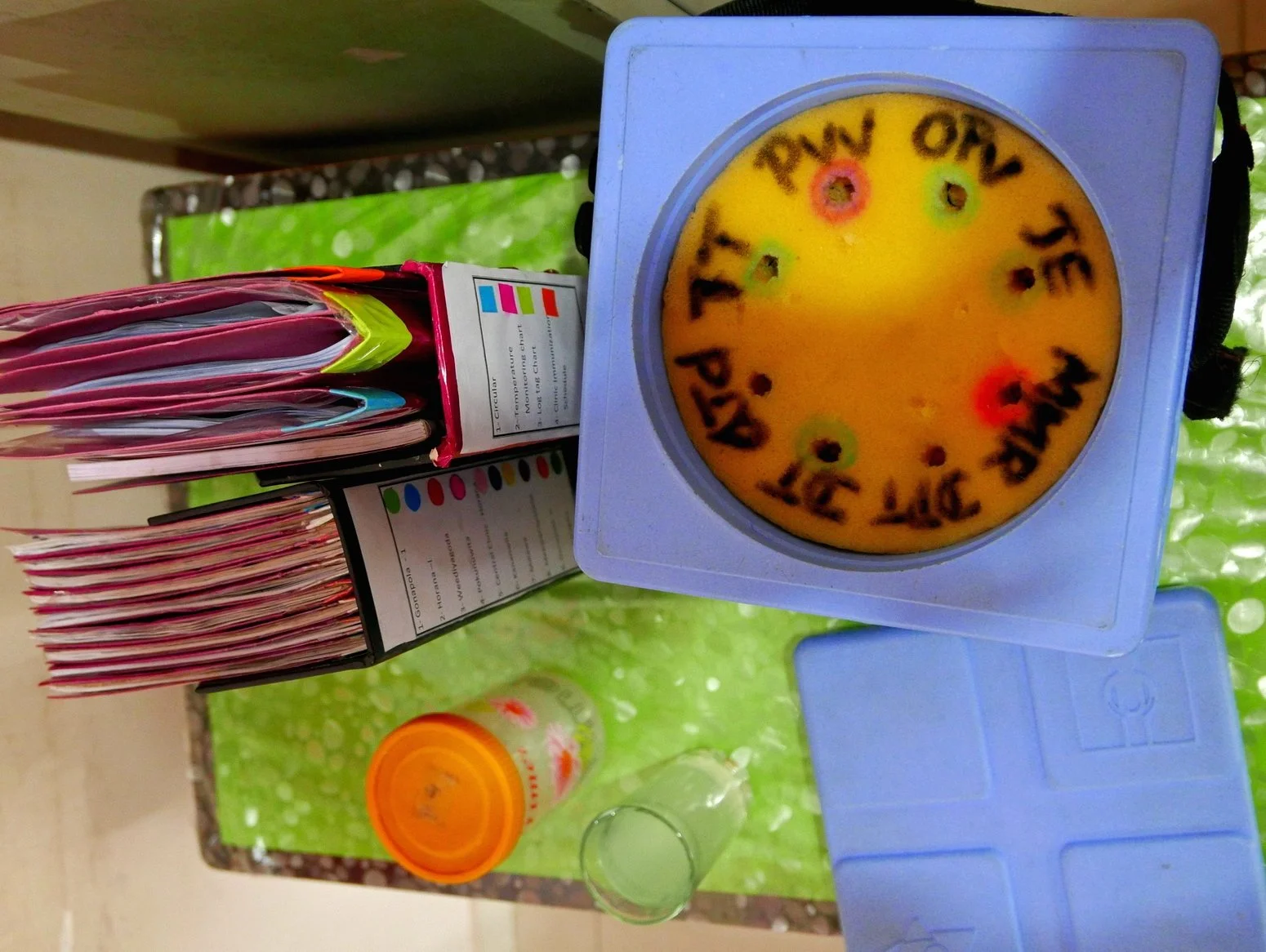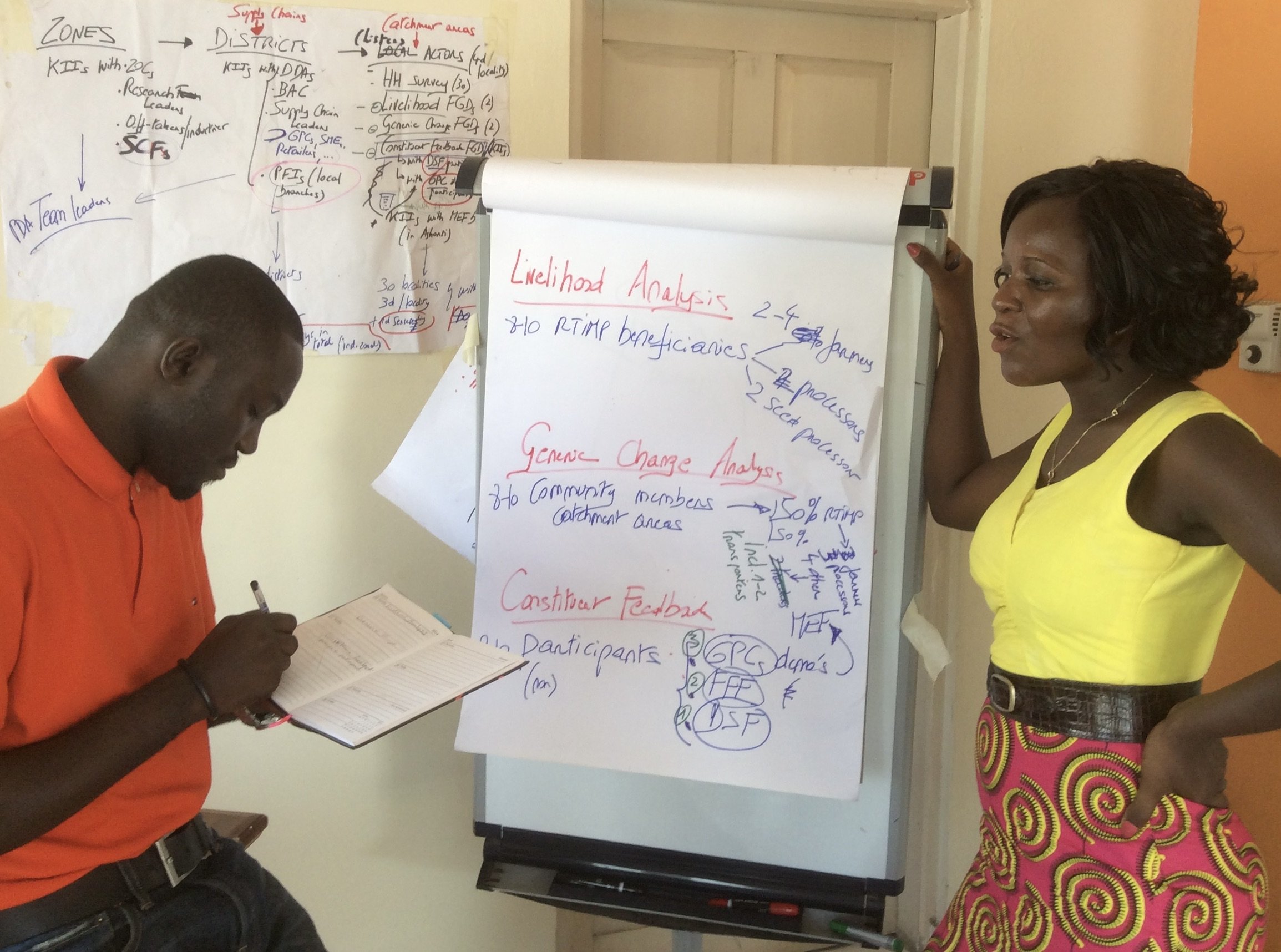THEORY OF SYSTEM CHANGE (TOSC)
A Theory of System Change (ToSC) depicts and describes plausible routes that lead to system transformation and impact, capturing the dynamic interactions among system actors that a programme, organisation, or partnership aims to affect. ToSC is one of the five methodological elements of our Participatory Impact Assessment and Learning Approach (PIALA).
A Theory of System Change (ToSC) differs from the commonly used programme logic-type of Theory of Change (ToC) in that it considers changes in system configurations and relationships (beyond the mere effects of interventions on a system) and acknowledges the unpredictability of these changes. It proves most beneficial for strategy development and learning within collaborative settings and complex environments.
The method involves a collaborative and developmental process of theorising and validating potential pathways to system change and impact together with key partners and stakeholders. A visual model is created to track emergent system change and assess individual and collective contributions as the basis for adaptive management. The model helps monitor and adjust strategies towards achieving shared goals.
The ToSC design process guides a group of partners and stakeholders to:
Articulate the collective impact vision and shared goals they strive to achieve together.
Engage stakeholders in developing shared language and commitment.
Identify the various pathways through which they believe system change and impact might be achieved under shifting conditions.
Continuously evaluate whether their combined efforts are steering the system towards the desired outcomes.
Coordinate and synergise various investment flows to create more significant and profound impacts.
A ToSC is a dynamic tool that evolves over time and never concludes as a final product. It facilitates ongoing evaluative inquiry to test its hypotheses and assumptions about the mechanisms of system change, based on which the tool and corresponding strategies can be modified or updated. To maintain its dynamic and adaptive nature, it is often accompanied by a set of alternative pathways, progress markers and system maps.
We combine the diffusion model and the iceberg model for describing and assessing system change and impact:
1. The diffusion model (Adopt-Adapt-Expand-Respond) focuses on bringing ‘breadth of change’ (i.e. significance through scale) through the diffusion of innovations influencing actors’ behaviours and ways of organising to address system underperformance;
2. The iceberg model focuses on bringing ‘depth of change’ through the empowerment of system actors, enabling them to collectively change the ways in which they interact and collaborate by changing the underlying beliefs/views, values/rules and mental models based on a shared vision. The premise is that if the focus is on bringing purely instrumental changes in behaviours (i.e. purely focused on bringing technical fixes to improve performance), then these changes will remain superficial and unsustainable as they can easily be reversed by the still-dominant beliefs/views, values/rules and mental models.
We help our clients to:
Develop institutional, portfolio, partnership and programme/project ToSCs, including for specific investment funds or individual initiatives.
Reconstruct, adjust or integrate existing ToCs of different levels and strands of work in ways that meaningfully engage stakeholders and ensure optimal buy-in.
Learn using a ToSC approach for impact assessment and learning together with partners, grantees, clients, beneficiaries, and other stakeholders.








